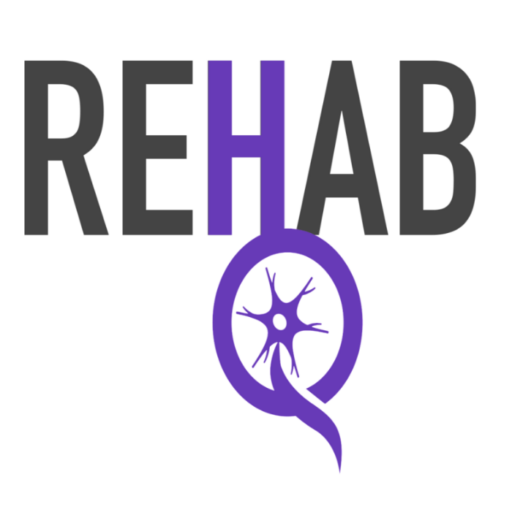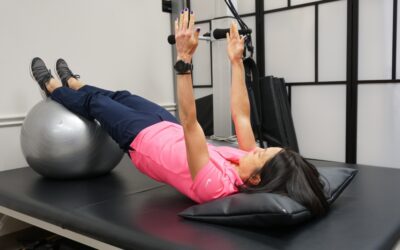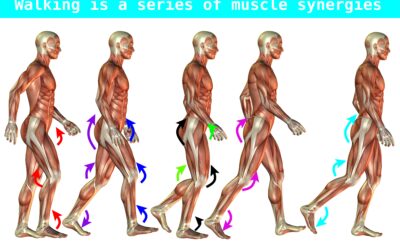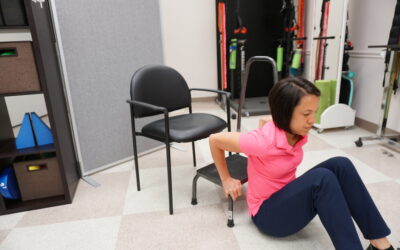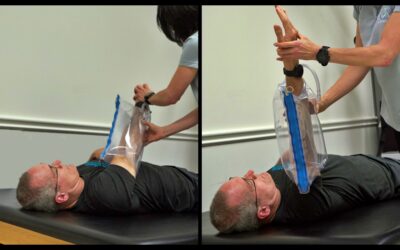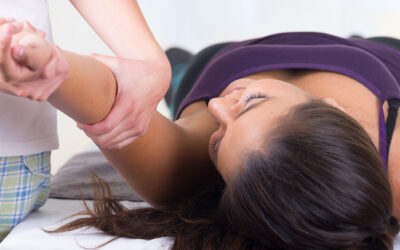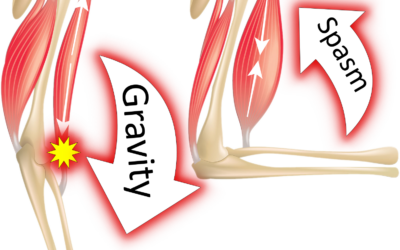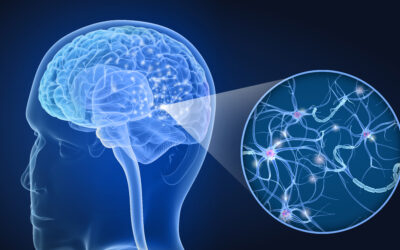About Stroke
Background
A stroke occurs every 40 seconds in the US and is the leading cause of disability. A stroke is when critical blood flow to the brain is interrupted due to damage to the blood vessel (the garden hose that carries the blood to the brain).
What are the two types of stroke?
This can happen in two ways. Either the blood vessel (garden hose) has a blockage (clot) or the blood vessel (garden hose) ruptures.
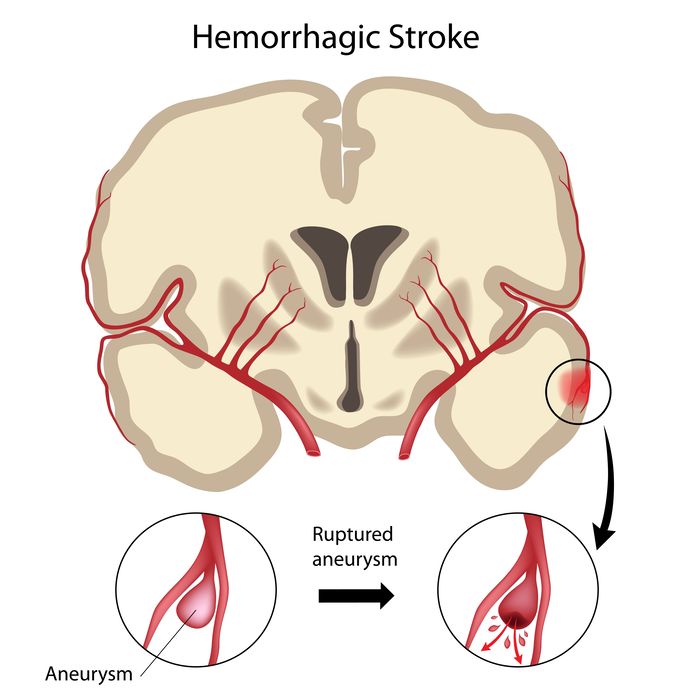
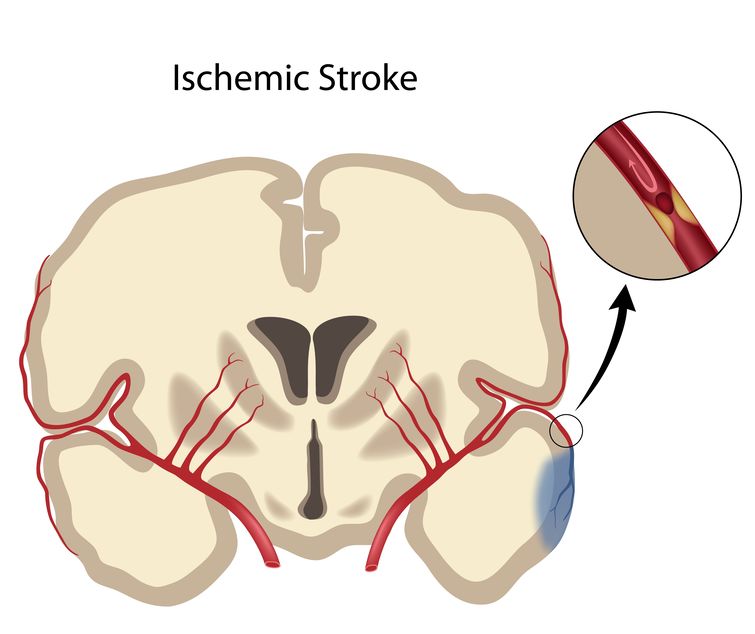
The brain is an amazingly complex and critical organ that controls all of the functions in the body. Blood flow is what keeps the nerves in the brain alive and functioning properly. In other words, blood is the brain’s “food supply”. When blood flow to the brain is stopped (as is the case with a stroke), that “food supply” is cut off. Blood also carries oxygen and therefore the brain becomes deprived of oxygen. This is called hypoxia.
What is excitotoxicity after a stroke?
When cells in the brain become hypoxic, it creates a reaction called excitotoxicity. Excitotoxicity is a process where an overabundance of a neurotransmitter called glutamate leaks out of the neurons. Excessive glutamate leads to excessive calcium infiltrating the cells damaging structures on the inside of the cell. This is very similar to an oil spill. Oil is safe when used in small doses, however, an oil spill causes excessive amounts of oil to flood our oceans. It is this overabundance of oil that ultimately kills wildlife. Glutamate is very similar. It is a necessary neurotransmitter however, too much of it in the brain starts to destroy healthy nerves.
What happens in the first three days after a stroke?
Once you arrive at the hospital, the medical team has to main goals. Remove the clot (if a clot is present) and protect nerves in the brain from further damage.
What are the effects of stroke?
Each area of the brain is responsible for a specific function. Depending on where the stroke occurs
The brain is divided into three main areas
- the cerebrum
- the cerebellum
- the brain stem
Depending on which areas of the brain is damaged by the stroke, will effect the type of disability someone might suffer.
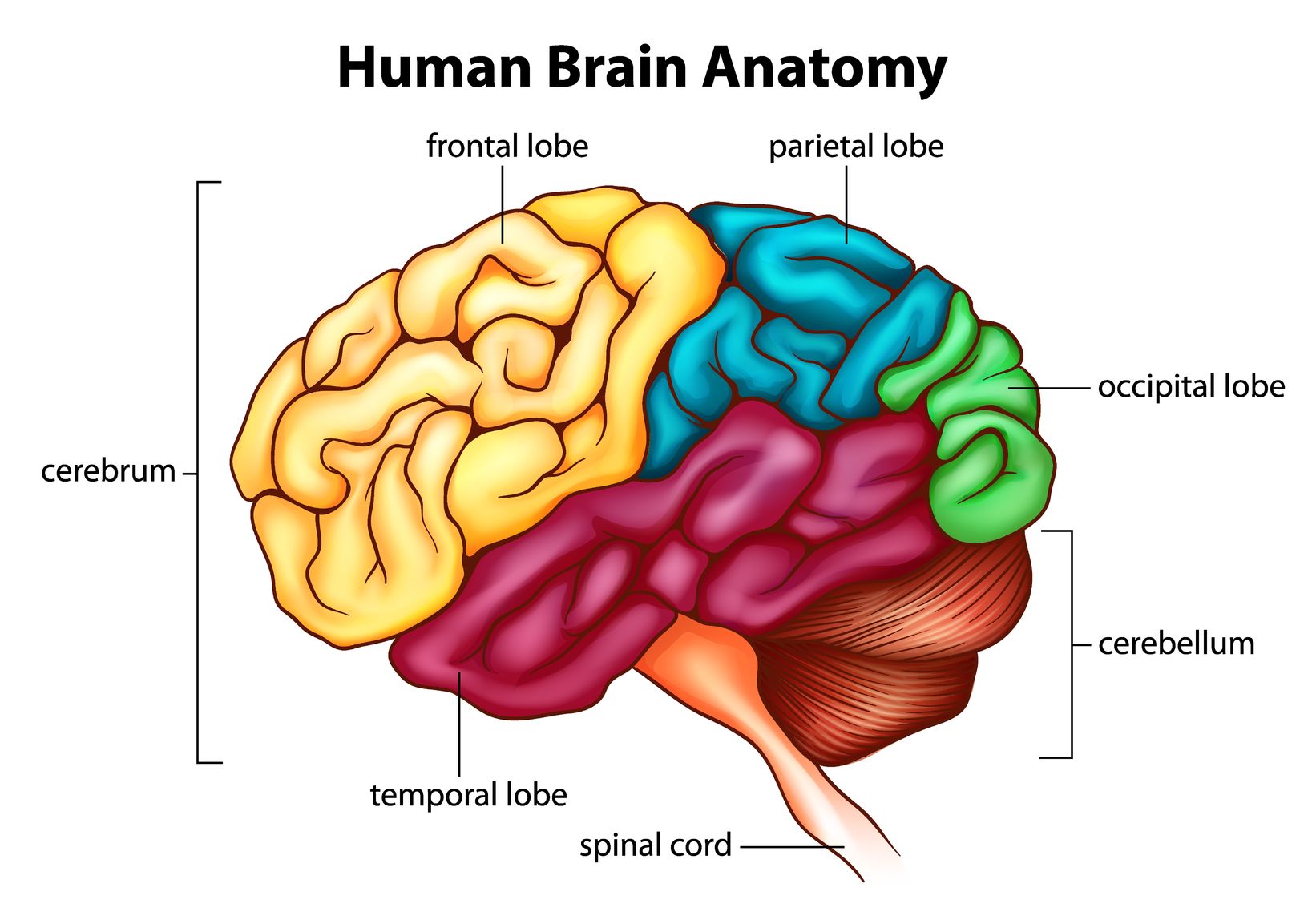
What are the effect of a stroke in the cerebrum?
The cerebrum is located in the front area of the skull and is divided into two hemispheres. The cerebrum control movement, speech, thinking, reasoning, memory, and emotions.
Damage to the cerebrum may result in one or several of the following impairments:
- Movement problems
- Impaired sensation
- Speech and language problems
- Difficulty swallowing
- Cognitive problems (thinking, planning, memory, and reasoning abilities)
- Poor body awareness and proprioception (knowing where the body is in space)
- Bowel and bladder incontinence
- Problems with emotional control
What are the effects of a right side versus a left side stroke in the cerebrum?
As mentioned earlier the cerebrum is divided into a right and left hemisphere. Here are the most common impairments depending on whether a stroke occurs in the right cerebral hemisphere or the left cerebral hemisphere.
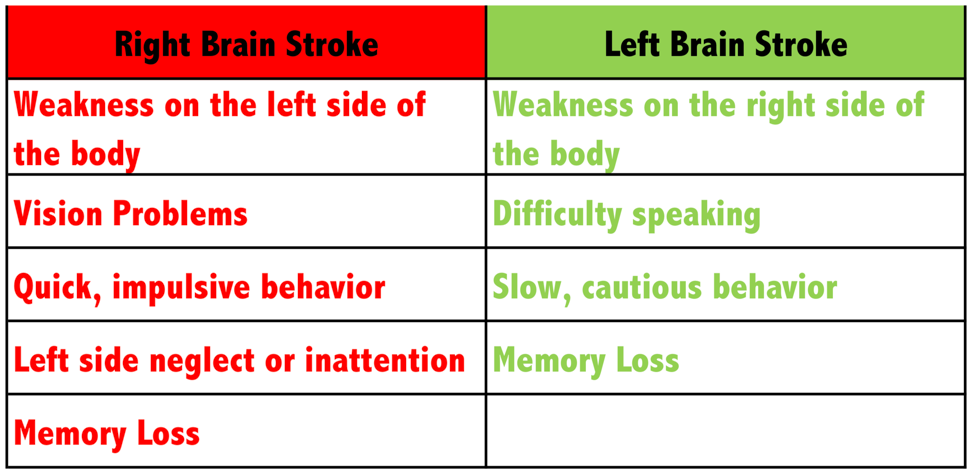
What are the problems associated with a stroke in the cerebellum?
The cerebellum sits in the back of the brain and its job is to coordinate and modulate (fine-tune) movement. It also plays a critical roll in balance. A stroke in this area of the brain is the least common type of stroke. Damage to this part of the brain can cause several impairments:
- dizziness
- headache
- nausea
- vomitting
- double vision
- tremors
- vertigo
- poor coordination
- difficulty swallowing
- difficulty speaking
- uncontrollable eye movement.
What problems can occur with a stroke in the brainstem?
The brainstem is located at the base of the brain and is responsible for vital functions such as breathing and heartbeat. Needless to say, we are dependent on brain stem function for survival. Common problems seen with a brainstem stroke include the following:
- breathing and heart function
- difficulty chewing and swallowing
- temperature regulation
- balance and coordination
- weakness
How long does it take for the brain to heal after a stroke?
Many factors determine how much a person will recover and how long the recovery will take. These factors include a person’s age, co-morbidities at the time of the stroke (other health conditions), initial severity of the stroke impairments, age, type of stroke, and the location and size of the damaged area in the brain. Generally speaking, the majority of motor function gains occur in the first three months. Recovery of visuospatial neglect and orientation follow 5-6 months after stroke, and gains in cognition, memory, and language function may extend months to years after the stroke.
More Articles You May be Interested in:
Gym Ball Exercise Routine for Better Balance
A Gym ball exercise routine is a great way to improve your balance. If provided with the correct exercises, they can challenge almost every "problem area" for a stroke survivor. The main areas that are problematic after a stroke are steadiness, symmetry, and dynamic...
What is a muscle synergy?
In the world of neurologic movement disorders, we talk a lot about "abnormal synergy patterns". And they kind of "get a bad rap" in how they can inhibit motor (movement) recovery. But functional muscle synergies are not necessarily a bad thing. Here we are going to...
Getting up after a fall
Falling can be a scary thing. Getting up from the floor after a fall is the number one most important skill to learn. Safety Warning: Check in with your body before moving It is important to note, you should only attempt to get up if you are not injured for...
Product Spotlight: Stroke Arm Exercise for Spasticity
Spasticity and abnormal movement patterns can make it difficult to perform stroke arm exercise. The Urias air splint can be an invaluable tool to minimize involuntary arm contractions, reduce pain, prevent contractures, and make it one thousand times easier to manage...
Best Method for Stretching Spastic Muscles
Stretching spastic muscles is critical after a stroke. Spasticity is a movement disorder that causes an involuntary muscle contraction in response to lengthening. This occurs if there has been damage to the brain or spinal cord. This can make movement retraining and...
What is spasticity?
Spasticity is an involuntary muscle contraction caused by a hyperexcitability of the reflex arc that occurs due to damage to the brain or the spinal cord. Huh?? Yeah, agreed. Ok, I get it, keep it simple. Did you ever wonder why your leg seems to spaz out for no...
Does Mirror Therapy Improve Arm Function?
Mirror therapy (MT) is one of several effective treatments used to regain arm movement after a stroke. Mirror Therapy Background MT was originally designed to treat phantom limb pain with amputees. The way it worked was that it gave the person the sensation that they...
Mental Practice Helps Movement Recovery after a Stroke
Mental practice is a way of relearning movement (motor functions) by creating an image in your mind of the body performing that movement without the body actually moving. This method of enhancing performance and/or improving a motor skill has been used for decades in...
What is Neuroplasticity?
Neuroplasticity is the brain's ability to form new connections (rewire) after a brain injury or a stroke. Recovery of motor (movement) function after a stroke involves relearning motor skills using this idea of neuroplasticity. Furthermore, this idea of brain...
Best Tools for Eating after Stroke
Being able to eat and prepare food without help after a stroke can help someone both physically and mentally. That being said, this might be challenging if you only have full use of one hand. Here are my top four picks that might help someone to start the process of...
